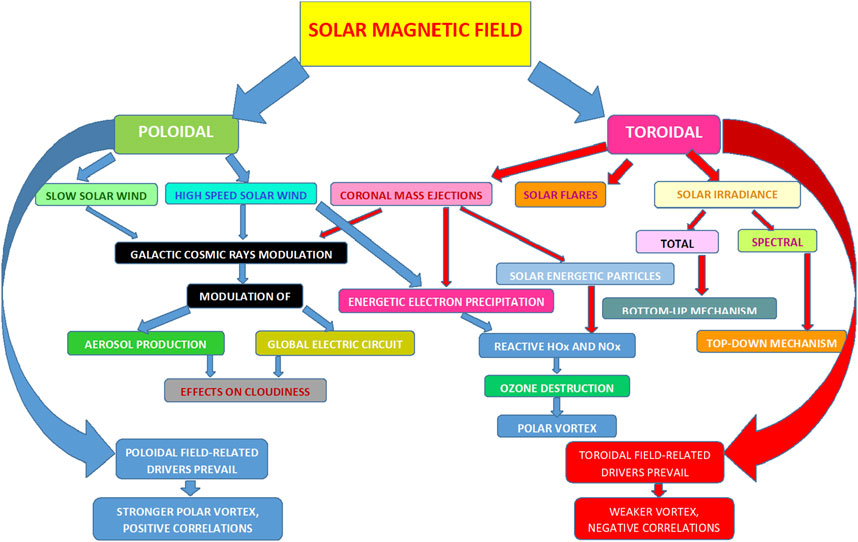
For 83 years, solar physicists have been in pursuit of elusive phenomena. They were confident that torsional Alfven waves must exist somewhere within the Sun’s fiery atmosphere, spiraling along magnetic field lines like unseen corkscrews. However, they were unable to detect them. Until now.
A research team led by Professor Richard Morton at Northumbria University has successfully obtained direct proof of these elusive waves within the Sun’s corona, utilizing the most powerful solar telescope in the world stationed on a mountaintop in Hawaii. The finding, released today in *Nature Astronomy*, could finally provide answers to one of the Sun’s most intriguing mysteries: why its outer atmosphere burns at millions of degrees while the surface below remains relatively cool at 5,500 degrees Celsius.
The explanation, it appears, may be found in waves that have eluded our observation.
## The Distinction Between Swaying and Twisting
Alfven waves are magnetic fluctuations that traverse plasma, the fourth state of matter that constitutes the Sun. Scientists have previously identified the larger, isolated relatives of these waves, typically associated with dramatic solar flares. Nevertheless, the smaller, consistent torsional types that could be continuously supplying energy to the corona? Those were only theoretical, hypothesized in 1942 by Nobel laureate Hannes Alfven but never directly detected.
The challenge was not merely in observing them. It involved distinguishing them from the multitude of other movements occurring in the corona. Morton simplifies the difficulty: the motion in the plasma is primarily characterized by swaying movements that thoroughly obscure the twisting. To isolate the twist, he had to devise entirely new analytical methods to eliminate the sway.
What enabled this breakthrough was the Daniel K. Inouye Solar Telescope’s Cryogenic Near Infrared Spectropolarimeter, an instrument so sensitive it can track iron heated to 1.6 million degrees Celsius and detect the minutest changes in plasma movement. With a mirror measuring four meters across, four times the size of previous solar telescopes, the facility embodies twenty years of international collaboration.
> “This discovery concludes a long quest for these waves that dates back to the 1940s. We have at last managed to directly witness these torsional motions twisting the magnetic field lines back and forth in the corona.”
The waves reveal themselves through spectroscopic analysis, generating distinctive red and blue shifts on either side of magnetic structures as plasma moves towards and away from Earth. Unlike the familiar kink waves that visibly sway entire magnetic structures in solar films, torsional Alfven waves function on a scale that necessitates this level of precision measurement.
## The Significance Beyond the Sun
The corona, discernible as a ghostly halo during solar eclipses, achieves temperatures over one million degrees Celsius. This intense heat propels plasma away from the Sun as the solar wind, which permeates our entire solar system and transports magnetic disturbances that can disrupt life on Earth. Satellite communications falter. GPS systems malfunction. Power grids can be overwhelmed.
Comprehending how energy transfers within the corona has practical implications. Alfven waves could also create magnetic switchbacks, crucial energy carriers in the solar wind that NASA’s Parker Solar Probe has closely observed.
> “This research offers crucial validation for the plethora of theoretical models that elucidate how Alfven wave turbulence energizes the solar atmosphere. Having direct observations at last enables us to test these models against real-world data.”
Morton secured observation time on the telescope while it was still undergoing testing, a calculated risk that proved worthwhile. Northumbria University has participated in the telescope’s development for years, as part of a UK consortium that engineered cameras for the Visible Broadband Imager.
The discovery signifies a substantial international collaboration, with partners from Peking University, KU Leuven, Queen Mary University of London, the Chinese Academy of Sciences, and the NSF National Solar Observatory. It also marks Morton’s third publication this year concerning Alfven waves, following works in The Astrophysical Journal in April and June.
The team anticipates their findings will ignite new research into the propagation of these waves and how they release energy in the corona. After 83 years of searching, the quest is concluded. Now, the genuine effort of interpreting the actions of these waves can commence.
[Read the full article in Nature Astronomy](https://doi.org/10.1038/s41550-025-02690-9).
**There’s no paywall here**
*If our reporting has informed or inspired you, please consider making a donation. Every contribution, regardless of size, empowers us to continue delivering accurate, engaging, and trustworthy science and medical news. Independent journalism requires time, effort, and resources—your support ensures we can keep uncovering the stories that matter most to you.*
**Join us in making knowledge accessible and impactful. Thank you for standing with us!**